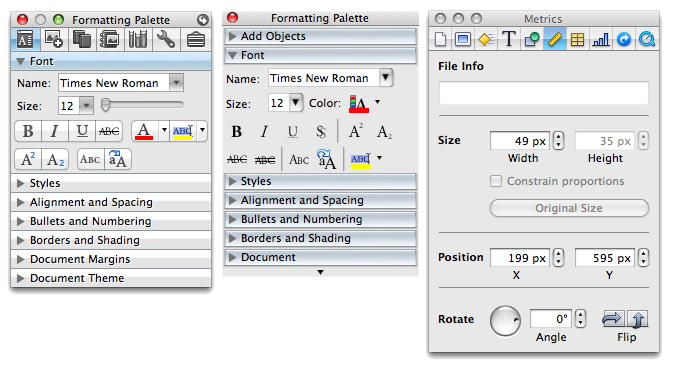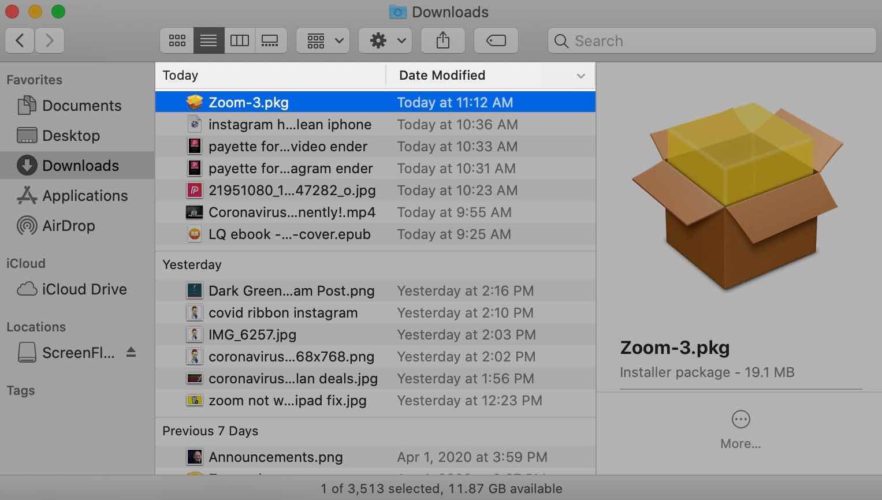
It is possible to create your own templates from scratch in Google Docs. These are all accessible by virtue of being blank. The basic installation also includes a wide variety of templates ranging from blank business letters and memos to blank business cards and schedules. Google Docs’s default template for new documents is a blank page. If you are unsure whether a template is accessible, you should check a sample document produced when the template is used (see Technique 11). Because templates provide the starting-point for so many documents, accessibility is critical. For example, a “Meeting Minutes” template might include headings for information relevant to a business meeting, such as “Actions” above a table with rows to denote time and columns for actions of the meeting. With this in mind, be cautious of templates available in the Google Docs template gallery and be sure that they comply the techniques discussed here.Īll office documents start with a template, which can be as simple as a blank standard-sized page or as complex as a nearly complete document with text, graphics and other content. Google Docs lacks support for some accessibility features, such as table headers that repeat. Files are easily saved as various file formats (see Technique 12). In cases where more certainty is required, it is recommended that you test the office documents with end users with disabilities, including screen reader users. *Right-click: To right-click with the keyboard, select the object using the Shift+Arrow keys and then press either (1) the “Right-Click” key (some keyboard have this to the right of the spacebar) or Shift+F10.įollowing these techniques will increase the accessibility of your documents, but it does not guarantee accessibility to any specific disability groups.

Below are the mouse-only terms and their keyboard alternatives: However, for clarity there are several instances where mouse-only language is used. We have tried to formulate these techniques so that they are useful to all authors, regardless of whether they use a mouse. Most of these have not been checked for accessibility, but some information and/or instructions are available for the following formats in Technique 12: Google Docs offers a number of word processor and web format saving options. Google Docs does not have a default file format as it is a web-based authoring tool.

If you are creating forms, web pages, applications, or other dynamic and/or interactive content, these techniques will still be useful to you, but you should also consult the W3C-WAI Web Content Accessibility Guidelines (WCAG 2.0) because these are specifically designed to provide guidance for highly dynamic and/or interactive content.

Typical of office-style workflows (i.e., reports, letters, memos, budgets, presentations, etc.).Self-contained (i.e., without hyperlinks to other documents, unlike web content), and.and do not include audio, video, or embedded interactivity) , Fully printable (i.e., where dynamic features are limited to automatic page numbering, table of contents, etc.Text-based (i.e., not simply images, although they may contain images),.

Intended to be used by people (i.e., not computer code),.You should use these techniques when you are using Google Docs to create documents that are:
OFFICE FOR MAC 2011 ZOOM DEFAULTS TO 156% PDF
Grackle is a third-party plug-in that includes an accessibility checker along with other features that enhance accessibility on Google Docs (see Technique 11).ĭue to the nature of Google Docs, some accessibility features, such as tables, are only fully accessible when exporting the document to another format, like a PDF file.
OFFICE FOR MAC 2011 ZOOM DEFAULTS TO 156% INSTALL
While there is no accessibility checking feature built into Google Docs, you can install a third-party add-on called Grackle Docs. Google Docs lacks several features that enable accessible office document authoring, most notably, the ability to create complex accessible tables and a built-in accessibility checker. Microsoft Word for Mac 2011, 2016, and 2019Īuthoring Techniques for Accessible Office Documents: Presentation Applications Microsoft Excel for Mac 2008, 2011, 2016, and 2019Īuthoring Techniques for Accessible Office Documents: Word Processing Applications Authoring Techniques for Accessible Office Documents: Spreadsheet Applications


 0 kommentar(er)
0 kommentar(er)
